Thyme English Winter Herb Seeds
Thyme English Winter Herb Seeds (Thymus vulgaris) is a hardy perennial herb known for its aromatic leaves and versatility in culinary applications. This variety is particularly valued for its ability to withstand colder temperatures, making it an excellent choice for gardens in various climates. Thyme has a robust flavor that enhances many dishes, particularly in Mediterranean, Italian, and French cuisines.
Here’s a comprehensive guide to English Winter Thyme Herb Seeds:
1. Germination and Planting
- Soil: Thyme English Winter Herb Seeds prefers well-drained, sandy or loamy soil with a pH of 6.0 to 8.0. It does not thrive in overly rich or waterlogged soil.
- Sowing Indoors: Start seeds indoors 6–8 weeks before the last frost date. Lightly press seeds into the soil without covering them, as they require light for germination.
- Direct Sowing: You can sow thyme seeds directly outdoors in spring after the last frost. In milder climates, you can also sow in late summer for a fall harvest.
- Planting Depth: Sow seeds about 1/8 inch (3 mm) deep. Germination usually takes 14–28 days, so patience is key.
- Spacing: Space seedlings or plants about 12–18 inches apart to allow for their growth. Rows should be spaced about 18 inches apart.
- Sunlight: Thyme requires full sun and thrives with at least 6–8 hours of direct sunlight daily.
2. Growth and Care
- Watering: Thyme English Winter Herb Seeds is drought-tolerant and prefers to dry out between waterings. Water thoroughly, allowing the soil to dry out before the next watering. Overwatering can lead to root rot.
- Temperature: English Winter Thyme is hardy and can survive cold temperatures down to USDA Zone 5. It thrives in moderate temperatures between 60–75°F (15–24°C).
- Fertilization: Thyme does not require heavy fertilization. A light application of balanced fertilizer or compost once in the spring can promote healthy growth.
- Pruning: Prune thyme regularly to encourage bushiness and prevent woody stems. Remove any flowers that appear to prolong the leaf production.
- Mulching: Apply a light layer of mulch to retain moisture and suppress weeds, but avoid mulching too close to the stems to prevent rot.
3. Culinary Uses
- Flavor Profile: Thyme has a warm, earthy flavor with slight minty and lemony notes. Its flavor intensifies with cooking, making it ideal for slow-cooked dishes.
- Uses:
- Seasoning: Use thyme to season meats, especially poultry, lamb, and pork. It’s also great in vegetable dishes and roasted potatoes.
- Soups and Stews: Thyme is commonly added to soups, stews, and sauces for added depth of flavor.
- Herb Blends: Thyme is a key ingredient in bouquet garni and Herbes de Provence, popular in French cuisine.
- Infused Oils: Infuse oils and vinegars with thyme for flavorful dressings and marinades.
- Garnish: Fresh thyme leaves can be used as a garnish for various dishes, adding both flavor and visual appeal.
4. Nutritional Benefits of Thyme English Winter Herb Seeds
- Vitamins and Minerals: Thyme is rich in vitamins A, C, and K, as well as minerals such as iron, manganese, and calcium.
- Antioxidants: Thyme contains various antioxidants, which can help protect the body from oxidative stress.
- Antimicrobial Properties: The essential oil of thyme, particularly thymol, has antimicrobial properties that can support health and wellness.
- Digestive Health: Thyme has been used traditionally to aid digestion and can help relieve digestive discomfort.
5. Harvesting: Thyme English Winter Herb Seeds
- When to Harvest: You can begin harvesting thyme once the plants are about 6–8 inches tall. The best time to harvest is just before the plant flowers, when the essential oils are most concentrated.
- How to Harvest: Snip off stems or individual leaves as needed. For larger harvests, cut whole stems, leaving at least one-third of the plant intact to encourage regrowth.
- Storage: Fresh thyme can be stored in the refrigerator wrapped in a damp paper towel or placed in a jar with water. Dried thyme should be stored in an airtight container in a cool, dark place.
6. Growing Thyme Indoors: Thyme English Winter Herb Seeds
- Containers: English Winter Thyme grows well in containers, making it suitable for indoor herb gardens. Choose a pot with drainage holes and at least 6–8 inches deep.
- Sunlight: Place the container in a sunny location, ensuring it receives adequate sunlight. Consider using grow lights if necessary.
- Care: Water sparingly, allowing the soil to dry out between waterings. Indoor thyme may require less frequent watering than outdoor plants.

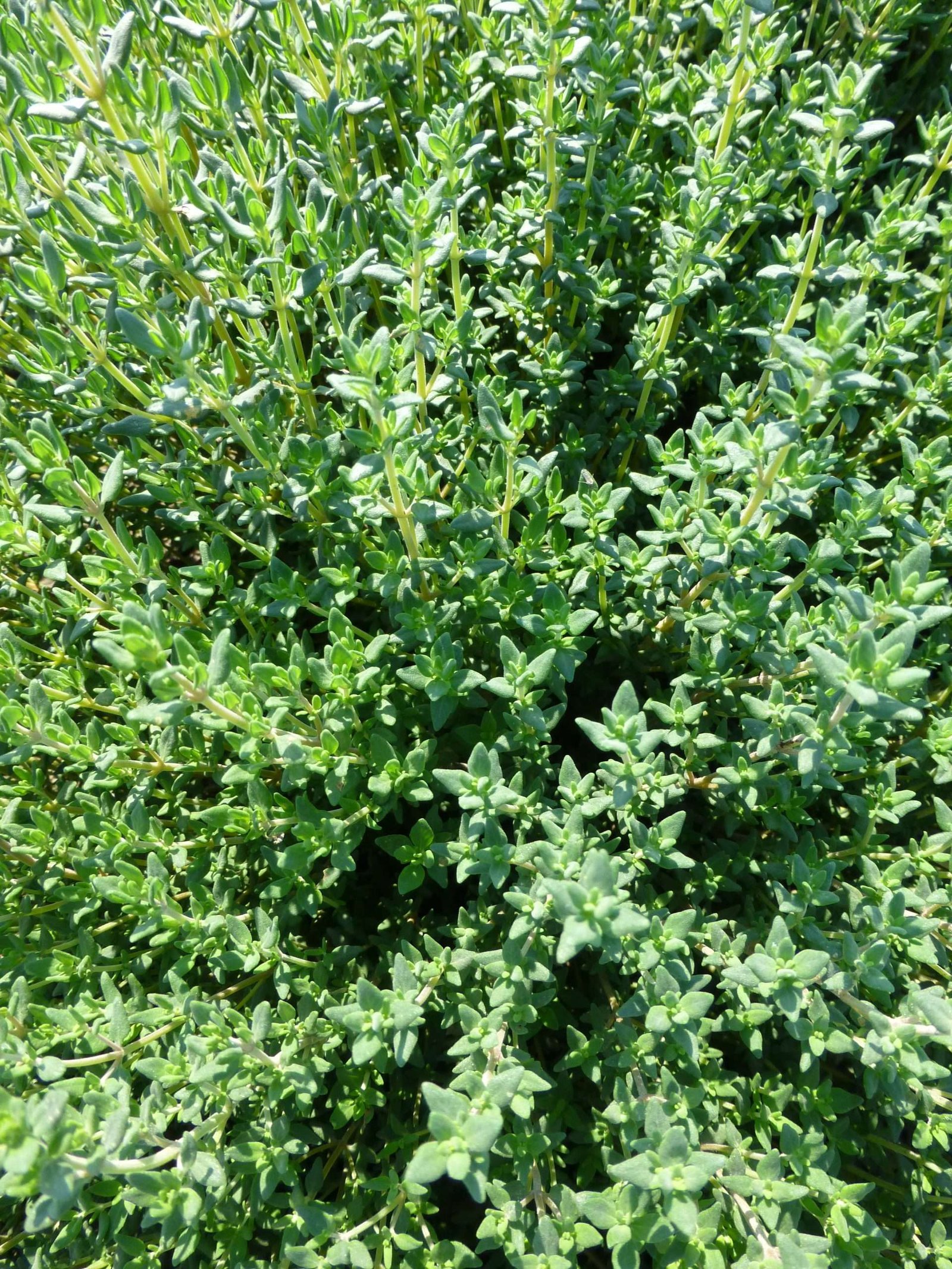

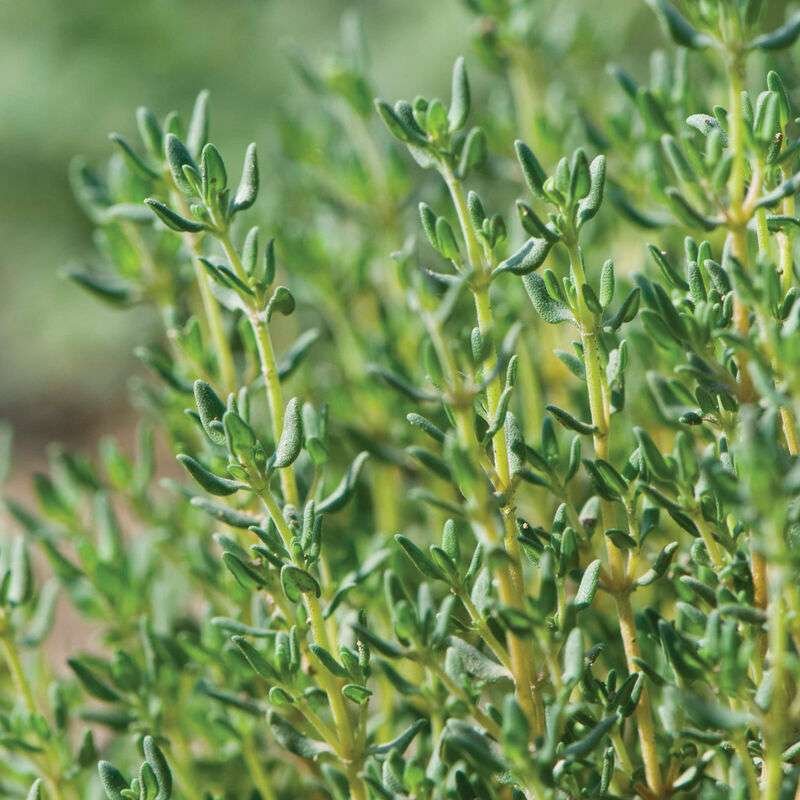
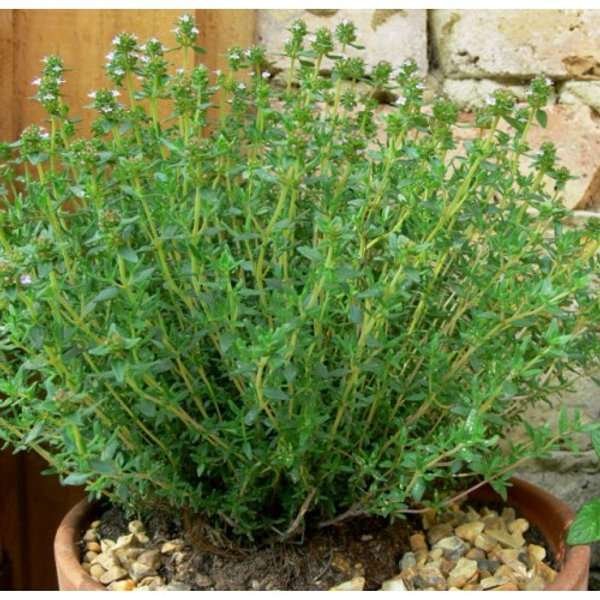
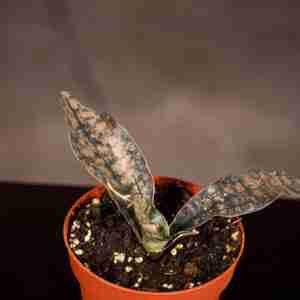
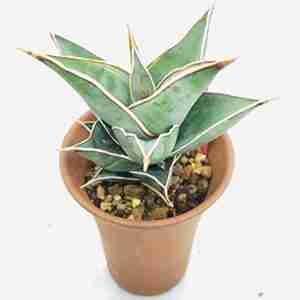
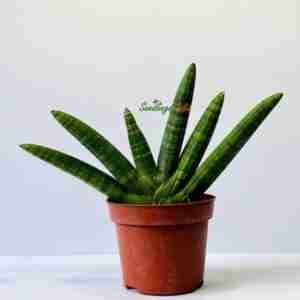

Reviews
There are no reviews yet.